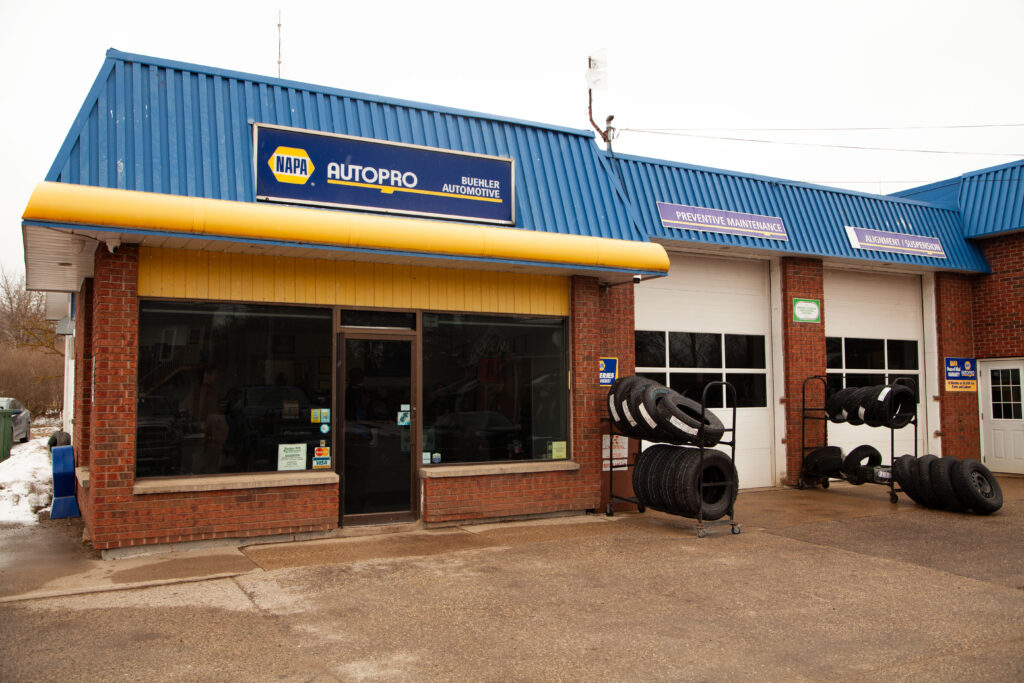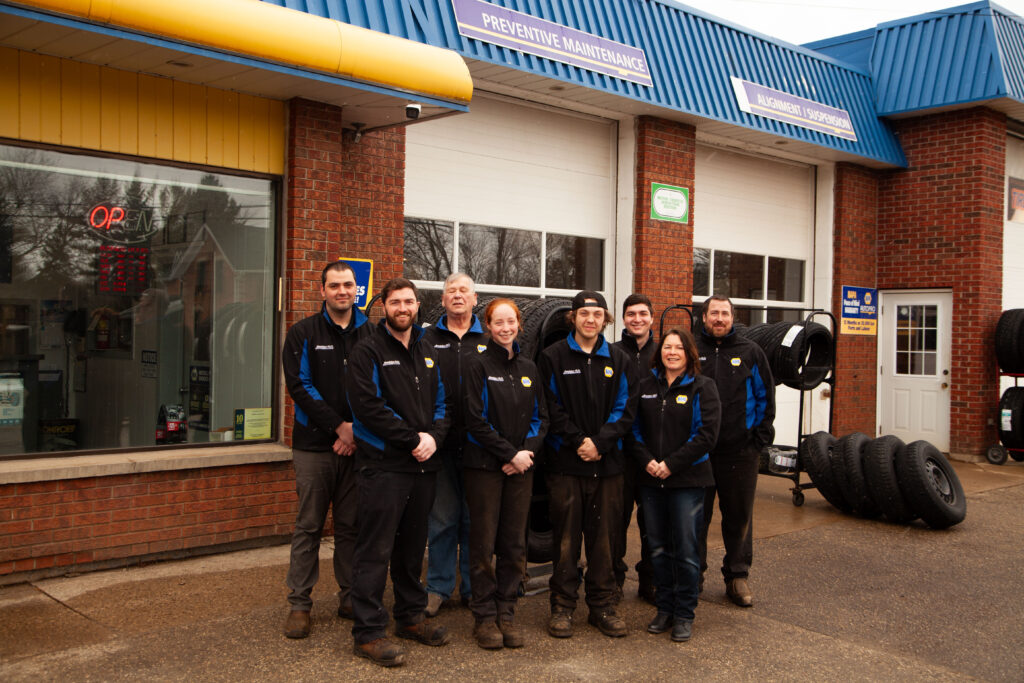What Are All Those Letters/Numbers On My Tires?
Blog Articles
There is a multitude of information on every tire but we will cover the basic important consumer information. You will also find information in your owner’s manual and somewhere on the vehicle like the driver’s door jamb area, which will give the tire size and inflation pressures specific for your vehicle.
Numbers on the tire: i.e.: P235/75R15 105S M+S
“P” stands for passenger. This means the tire goes on a car, minivan or small truck. If the letters “LT” precede the numerical numbers, the tire is for a “light truck” or commercial vehicle.
“225” Indicates the maximum width of the tire in millimetres measured from sidewall to sidewall. Since this measure is affected by the width of the rim, the measurement is for the tire when it is on its intended rim size.
“75” Indicates the height of the tire from ground to the outer rim circumference in percentage, compared to its maximum width. If the tire is 235 millimetres (9.40 inches) wide it has an “aspect ratio” of 75, that means the height of its sidewall is 176 millimetres (7.05 inches). High performance tires usually have a lower aspect ratio (40 to 50). This is because tires with a lower aspect ratio provide better lateral stability. When a car goes around a turn lateral forces are generated. Tires with a lower profile have shallower, stiffer sidewalls so they provide better cornering stability however they have a harsher ride quality.
“R” Stands for radial. Most modern tires are radials though there are still a few bias-ply tires on the market for trailers or racecars.
“15” This last number indicates the diameter of the tire at the rim. In this case it would be 15 inches. Note this number is imperial and not metric measurement.
“105” represents the tires maximum load capabilities (924.87 kg). A higher number indicates that the tire has a higher load capacity. (I.e. 114 = 1180 kg)
“S” is the speed rating. (Maximum speed allowable for this tire as long as the weight is at or below the rated load.) Referring to a Speed Chart, S indicates a maximum speed of 180 KPH (this does not mean that it’s safe to drive at that speed for any given period of time); a “Y” or “ZR” rating is 300 KPH.
M+S stands for “mud and snow”, and should have good traction in those conditions even though they are not a snow tire.
If the tire is a real snow (winter) tire, look for a small design on the sidewall that represents a snowflake inside a mountain peak. A true winter tire provides superior traction in snow and ice conditions due to their softer tread compounds, They are designed to operate in temperatures of 7 degrees celcius and lower but when they are used in hot summer temperatures they wear faster than all season tires which are designed to operate from 7 degrees Celcius upward.
Article by Ken Buehler




